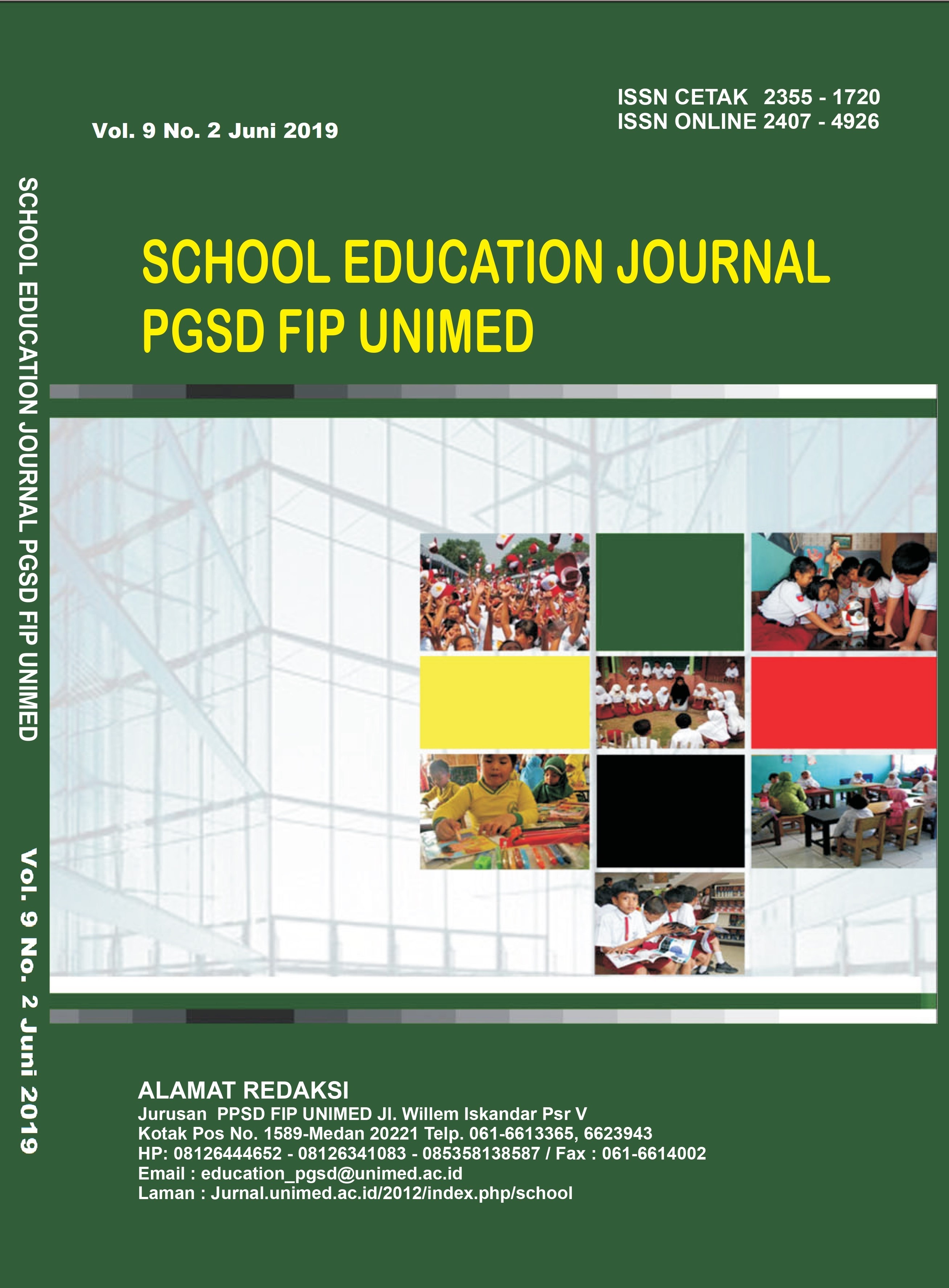PENGGUNAAN METODE SAS DALAM PENINGKATAN KEMAMPUAN MEMBACA PERMULAAN PADA SISWA KELAS I SDN 106162 MEDAN ESTATE
DOI:
https://doi.org/10.24114/sejpgsd.v9i2.13712Abstract
This classroom action research aims to determine the application of method learning strategies SAS (Structural Synthetic Analysis) Class I students Even Elementary Semester Neg. 106162 Medan Estate in reading through the application of learning strategies with the SAS method. This study used an interactive qualitative method and a class action research approach conducted in 2 cycles. Each cycle includes planning, implementation, observation and reflection. the subjects of this class action research are even class I students of Neg semester. 106162 Medan Estate. While the object is the SAS Method. From the research conducted by examining the initial condition of students as measured by reading tests and the results of classroom action research with 2 cycles. Based on data analysis, it can be concluded that in cycle 1 student learning completeness in this material the average value is only 66.50 while in cycle 2 by applying learning strategies with SAS methods increasing reaching an average value of 90.00 Student responses also increase, observational data of teacher activity from 59.72% in cycle 1, increasing in cycle 2 to 93.06%. Keywords : Reading Beginning, ability, SA MethodDownloads
Published
Issue
Section
License
Authors whose manuscripts are approved are approved as follows:
The publication rights for all journal manuscript materials published/published on the SEJ (School Education Journal) E-Journal site are held by the editorial board with the author's knowledge (moral rights remain with the manuscript authors).
The formal legal requirements for accessing this electronic digital journal article are subject to the terms of the Creative Commons Attribution-ShareAlike (CC BY) license, which means that E-Journal SEJ (School Education Journal) has the right to store, transfer media/format, manage in the form of a database, maintain, and publish articles without asking permission from the author as long as the author's name remains as the copyright owner.
Manuscripts published/published electronically are open access for educational, research, and library purposes.

